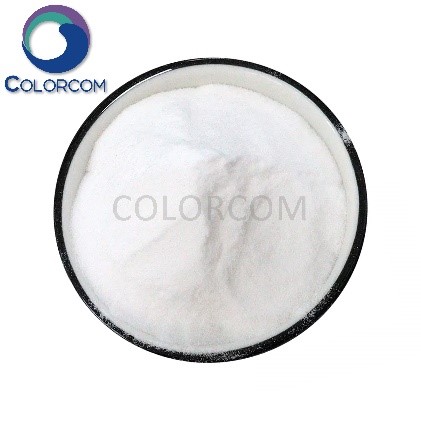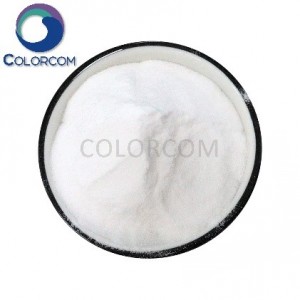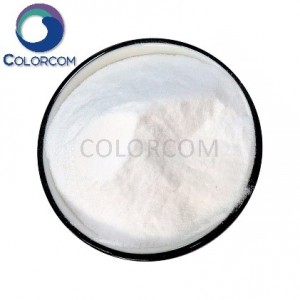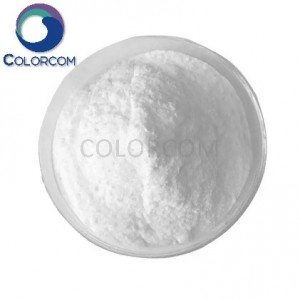Hydroxypropyl Methylcellulose | HPMC |9004-65-3
Product Specification:
|
Types |
60JS |
65JS |
75JS |
|
Methoxy content(%) |
28-30 |
27-30 |
19-24 |
|
Hydroxypropyl content(%) |
7-12 |
4-7.5 |
4-12 |
|
Gel temperature(℃) |
58-64 |
62-68 |
70-90 |
|
Water(%) |
≤5 |
||
|
Ash(Wt%) |
≤5 |
||
|
PH value |
4-8 |
||
|
Viscosity(2%, 20℃, mpa.s) |
5-200000, can also be specified according to customer needs |
||
|
Category |
Specification |
Scope |
|
Very low viscosity (mpa.s) |
5 |
3-7 |
|
10 |
8-12 |
|
|
15 |
13-18 |
|
|
Low viscosity (mpa.s) |
25 |
20-30 |
|
50 |
40-60 |
|
|
100 |
80-120 |
|
|
High viscosity (mpa.s) |
4000 |
3500-5600 |
|
12000 |
10000-14000 |
|
|
Very High viscosity (mpa.s) |
20000 |
18000-22000 |
|
40000 |
35000-55000 |
|
|
75000 |
70000-85000 |
|
|
100000 |
90000-120000 |
|
|
150000 |
130000-180000 |
|
|
200000 |
180000-230000 |
|
|
250000 |
>230000 |
Product Description:
Hydroxypropyl Methylcellulose (HPMC) is an odorless, non-toxic white powder. After fully dissolved in water, it will form a transparent viscous solution. It is a non-ionic cellulose ether made from natural polymer materials through a series of chemical processing. It has the characteristics of thickening, adhesion, dispersion, emulsification, film formation, suspension, adsorption, gelation, surface activity, retention of moisture and protection of colloids.
Application:
Water solubility and thickening ability: it can soluble in cold water, and form a transparent viscous solution.
Dissolution in organic solvents: Because it contains a certain amount of hydrophobic methoxy groups, this product can be dissolved in some organic solvents.
PH value stability: The viscosity of HPMC’s aqueous solution is relatively stable in the range of PH value 3.0-11.0.
Surface activity: HPMC aqueous solution has surface activity. It has emulsifying effect, protecting colloid ability and relative stability.
Thermal gelation: When heated above a certain temperature, the aqueous solution of HPMC can become opaque, generate precipitation, and lose viscosity. However, it gradually changed to the original solution state after cooling.
Low ash content: HPMC is non-ionic, it can be washed with hot water during the preparation process and effectively refined, so its ash content is very low.
Salt resistance: Since this product is a non-ionic and non-polymeric electrolyte, it is relatively stable in aqueous solutions of metal salts or organic electrolytes.
Water retention effect: Because HPMC is hydrophilic and its aqueous solution is highly viscous. It can be added to mortar, gypsum, paint, etc. to maintain high water retention in the product.
Mildew resistance: It has relatively good mildew resistance, and has good viscosity stability during long-term storage.
Lubricity: Adding HPMC can reduce friction coefficient and improve the lubricity of extruded ceramic products and cement products.
Film-forming property: It can produce strong, flexible, transparent flakes with good oil and ester resistance.
In construction materials, HPMC cellulose can be used as a water-retaining agent and retarder for cement slurry to make the mortar pumpable.
As an adhesive, the use of HPMC in plasters, gypsum, putty powder or other building materials can improve their spreadability and prolong their operable time.
Its water retention can prevent the paste from cracking too quickly after coating, and can also enhance the strength of the coating after hardening.
Besides, HPMC chemical can also be used as an adhesion enhancer for tile, marble, and plastic decoration in the construction industry.
In addition, HPMC powder is used as a thickener, stabilizer, emulsifier, excipient, and water retention agent in the production of other industry, such as petrochemicals, coatings, building materials, paint removers, agricultural chemicals, inks, textile printing and dyeing, ceramics, papermaking, cosmetics, etc.
Package: 25 kgs/bag or as you request.
Storage: Store at a ventilated, dry place.
Standards executed: International Standard.







